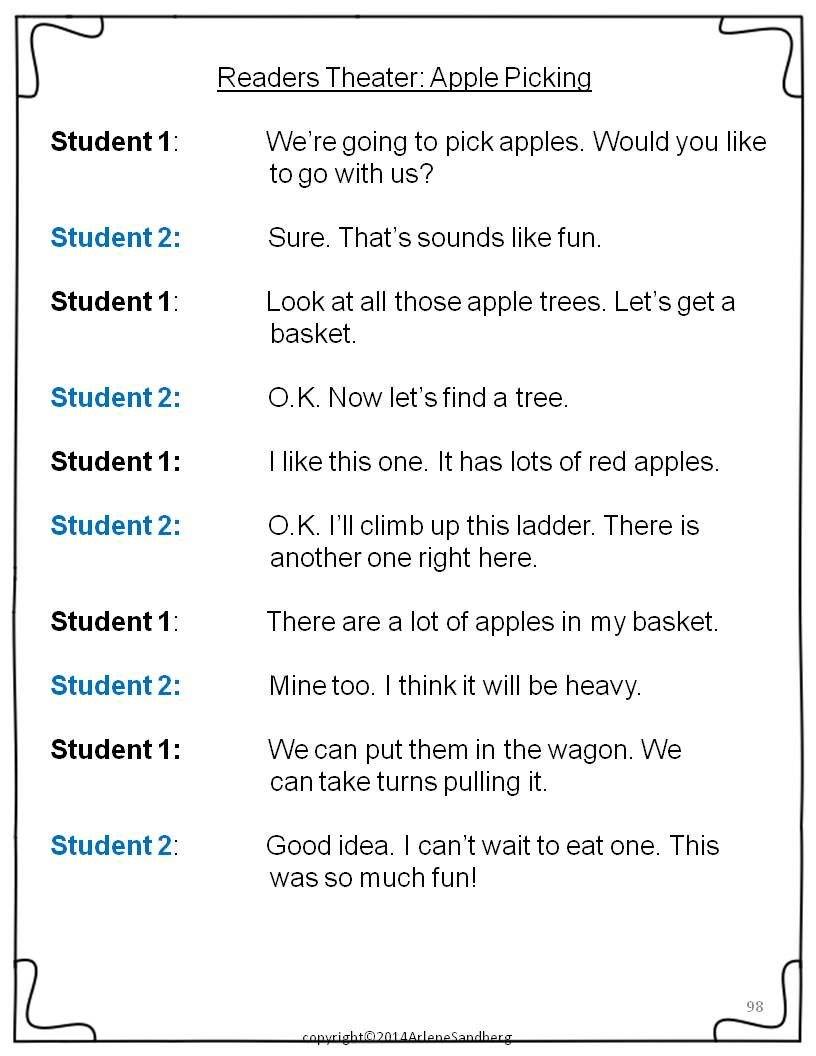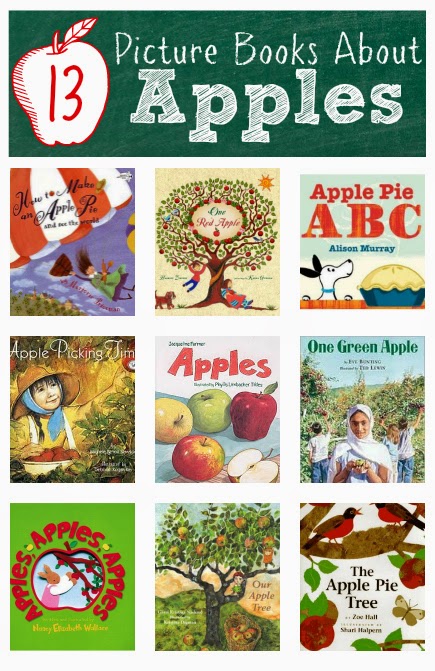
After spending three years in Seoul, South Korea, with my family, I knew that I wanted to teach English Language Learners. (ELL) What I loved the most was teaching English to Korean children. At first I had no idea how to start but I had been an elementary teacher and special ed teacher for many years, so I started with lots of pictures of nouns and verbs and wrote my own curriculum. When I returned to the US I started teaching adults while taking many ESL classes until I finally got the job I had waited for: An ESL Resource Teacher/Specialist with the Anchorage School District. Believe it or not there were over 100 different languages spoken by students in the district so it was a true ESL program. I worked in the lowest performing elementary school in the district in the mornings and traveled to 5 other schools in the afternoons. I trained tutors and staff across the district and the state. I became a Trainer of Trainers for S.I.O.P. (Sheltered Instruction Observation Protocol) a method for teaching ESL students. After retiring, I became an Education Consultant for a Korean Company developing their on-line English Speaking, Reading, and Writing Courses for Elementary and Middle School students. After four years I retired. I decided it was time to give TpT and blogging a try. At that time there didn't seem to be much of a market for ESL materials and honestly I knew nothing about marketing or blogging. But now I realize there is a need to know more about teaching ESL students and resources for them.
What I do know for sure is that there is probably a 99% chance that those of you reading this have at least one ESL (or ELL) student in your classroom. With high stakes testing, those new to the country or English language programs are only given a 1 year grace period before those students are required to take part in those tests. I truly understand how frustrating that is for those of you who work at schools with a high number of ESL students or a sub group of enough ESL students to count towards your schools' annual yearly progress.
What the research shows is that the quality of instruction is a vital factor in ESL students learning English. Well organized classrooms with ample opportunities to interact in English and practice English with both the teacher and classmates is essential. Some of you have an an ESL resource teacher in your school where your students get pulled out for an hour or more each day for intensive instruction. He or she will be a great resource for you. For others you may be looking for some materials to help your ESL students. There are some wonderful materials available that are not too expensive that your principal may be willing to purchase which I'd like to share with you.
Picture Dictionaries: There are several to choose from depending on the ages of your students. If your students are literate in their first language then you may want to look at the ones that are in both English and the student's first language.
I used Word by Word Basic for my learning center. It is a smaller version of their Word by Word dictionary which I used for adults. There are many options for English and other languages. Just click on the picture to find out more about it.
My favorite for my primary students was the Oxford Picture Dictionary for Kids. Not only is there a dictionary but there are reproducible books that have Picture/Word Cards, Worksheets, Stories and more. There are 9 themes with several lessons for each theme. My students loved this series. You can access all the components by clicking on the image below.
For the Intermediate grades I used the Oxford Picture Dictionary for Kids in the Content Area and reproducible books. There are Math, Science, and Social Studies units and more. Just click on the image below to learn more about these. If you are only interested in the dictionary you can click
HERE.
Another great resource is Rosetta Stone. Students can work at the computer during the day individually . You can learn more about it by clicking on the image below.
With the ESL population growing all over the US, I decided to start creating ESL materials not only for the classroom teacher for for ESL teachers, too. I completely revised my first ESL Beginning Speaking Unit when teachers started purchasing it and started asking me if there were more lessons like that one. It actually was one of a group of 20 ESL Beginning Speaking Lessons that I just didn't get around to revising and remaking. The first was called "My Day: In the Morning". Then I created and bundled the 3 lessons: "My Day" which you can access my clicking on the image below:

I incorporated the sheltered instruction strategies of a Activating Prior Knowledge (what do they already know), Building Background (pictures for new vocabulary), Guided Practice (speaking activities) and Independent Practice. Here is a sample of all the activities of "In the Morning" You can click on the image above to read all about the lessons and download the Preview file to see all the materials and activities in the Unit.
Through FB I met a teacher who was beginning her journey as an ESL Resource Teacher after 20 years of teaching. Her job is so similar to the one I had in Alaska. We became instant friends and she inspired to create more lessons. Here is my new "At School" unit, which contains 4 Beginning Speaking Lessons. Each of these Unit Lessons have a Lesson plan for teaching each of the sheltered instruction strategies. You can read the description and download the preview file by clicking on the image below.
I have made my lesson "My Day: In the Morning" free to my followers and viewers who have ESL beginner students in their classrooms or to ESL teachers. I hope that it will get them interacting in their new language in a fun way and on the road to achieving proficiency. I would love for you to come back and comment below to give me some feedback. Just click on the image below to download your free lesson.
You may also be interested in my new Pinterest board which you can follow by clicking on the picture below. Click
HERE to check out all my new Pinterest boards.
Thanks for all you do to make a difference for your students. I am planning to do more blog posts about working with ESL or ELL students. If you are interested in knowing more, leave a comment below to tell me what topics your would be interested in. Thank you.
Follow my blog with Bloglovin













































